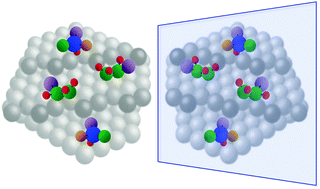Chirality in adsorption on solid surfaces
Abstract
In the present review we survey the main advances made in recent years on the understanding of chemical chirality at solid surfaces. Chirality is an important topic, made particularly relevant by the homochiral nature of the biochemistry of life on Earth, and many chiral chemical reactions involve solid surfaces. Here we start our discussion with a description of surface chirality and of the different ways that chirality can be bestowed on solid surfaces. We then expand on the studies carried out to date to understand the adsorption of chiral compounds at a molecular level. We summarize the work published on the adsorption of pure enantiomers, of enantiomeric mixtures, and of prochiral molecules on chiral and achiral model surfaces, especially on well-defined metal single crystals but also on other flat substrates such as highly ordered pyrolytic graphite. Several phenomena are identified, including surface reconstruction and chiral imprinting upon adsorption of chiral agents, and the enhancement or suppression of enantioselectivity seen in some cases upon adsorption of enantiomixtures of chiral compounds. The possibility of enhancing the enantiopurity of adsorbed layers upon the addition of chiral seeds and the so-called “sergeants and soldiers” phenomenon are presented. Examples are provided where the chiral behavior has been associated with either thermodynamic or kinetic driving forces. Two main approaches to the creation of enantioselective surface sites are discussed, namely, via the formation of supramolecular chiral ensembles made out of small chiral adsorbates, and by adsorption of more complex chiral molecules capable of providing suitable chiral environments for reactants by themselves, via the formation of individual adsorbate:modifier adducts on the surface. Finally, a discussion is offered on the additional effects generated by the presence of the liquid phase often required in practical applications such as enantioselective crystallization, chiral chromatography, and enantioselective catalysis.



 Please wait while we load your content...
Please wait while we load your content...